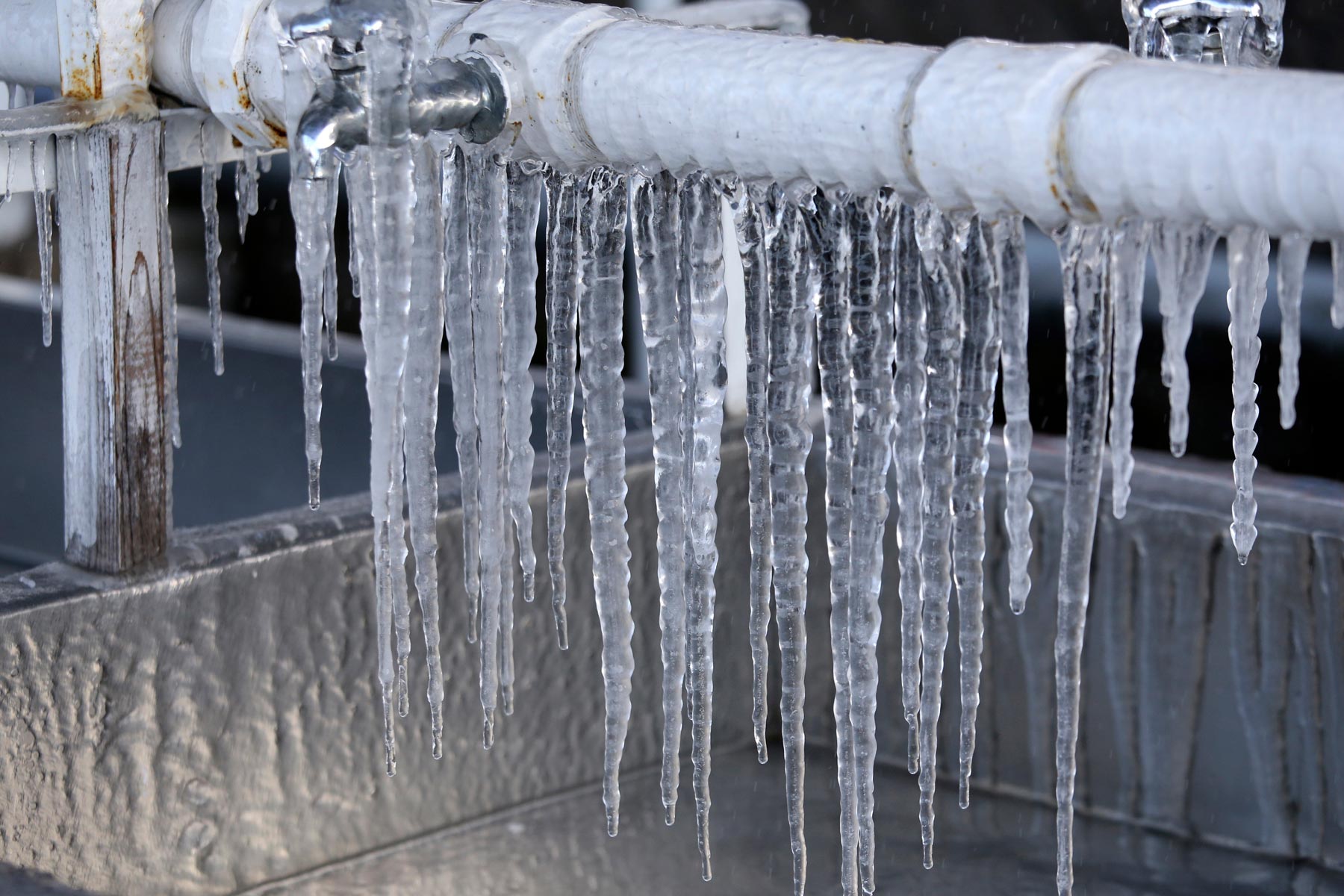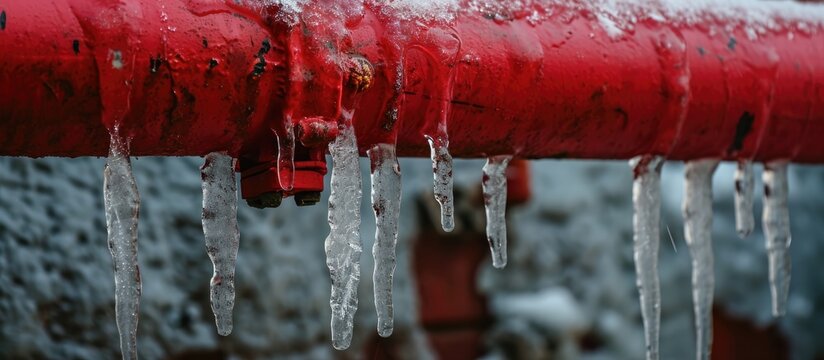Tips to Defend Plumbing System from Cold Weather: Critical Strategies
Tips to Defend Plumbing System from Cold Weather: Critical Strategies
Blog Article
What are your opinions about How to Prevent Your Pipes From Freezing?

Winter can ruin your plumbing, particularly by freezing pipelines. Here's just how to stop it from occurring and what to do if it does.
Introduction
As temperatures decline, the threat of frozen pipelines rises, potentially bring about pricey repair work and water damage. Comprehending exactly how to prevent icy pipelines is important for home owners in cold environments.
Comprehending Icy Pipelines
What creates pipelines to ice up?
Pipes freeze when exposed to temperature levels listed below 32 ° F (0 ° C) for prolonged periods. As water inside the pipelines ices up, it increases, putting pressure on the pipe wall surfaces and possibly triggering them to burst.
Threats and damages
Frozen pipes can bring about supply of water disturbances, residential or commercial property damages, and pricey repairs. Burst pipelines can flooding homes and create extensive structural damage.
Indications of Frozen Piping
Recognizing icy pipes early can prevent them from bursting.
Just how to determine icy pipes
Try to find reduced water flow from faucets, unusual odors or noises from pipelines, and visible frost on exposed pipes.
Avoidance Tips
Shielding at risk pipelines
Wrap pipes in insulation sleeves or use warmth tape to secure them from freezing temperature levels. Concentrate on pipes in unheated or exterior areas of the home.
Heating strategies
Keep interior spaces sufficiently warmed, especially locations with pipes. Open cabinet doors to permit warm air to distribute around pipelines under sinks.
Securing Outdoor Pipes
Garden tubes and outside faucets
Detach and drain garden pipes before winter. Mount frost-proof spigots or cover outside taps with insulated caps.
What to Do If Your Pipes Freeze
Immediate activities to take
If you suspect icy pipelines, maintain taps available to ease pressure as the ice thaws. Use a hairdryer or towels taken in hot water to thaw pipelines slowly.
Long-Term Solutions
Structural adjustments
Take into consideration rerouting pipes far from exterior walls or unheated areas. Include added insulation to attics, basements, and crawl spaces.
Upgrading insulation
Invest in top quality insulation for pipelines, attics, and walls. Appropriate insulation helps preserve regular temperature levels and minimizes the danger of icy pipes.
Verdict
Avoiding frozen pipelines calls for aggressive actions and fast reactions. By comprehending the reasons, indications, and safety nets, homeowners can protect their pipes during cold weather.
5 Ways to Prevent Frozen Pipes
Drain Outdoor Faucets and Disconnect Hoses
First, close the shut-off valve that controls the flow of water in the pipe to your outdoor faucet. Then, head outside to disconnect and drain your hose and open the outdoor faucet to allow the water to completely drain out of the line. Turn off the faucet when done. Finally, head back to the shut-off valve and drain the remaining water inside the pipe into a bucket or container. Additionally, if you have a home irrigation system, you should consider hiring an expert to clear the system of water each year.
Insulate Pipes
One of the best and most cost-effective methods for preventing frozen water pipes is to wrap your pipes with insulation. This is especially important for areas in your home that aren’t exposed to heat, such as an attic. We suggest using foam sleeves, which can typically be found at your local hardware store.
Keep Heat Running at 65
Your pipes are located inside your walls, and the temperature there is much colder than the rest of the house. To prevent your pipes from freezing, The Insurance Information Institute suggests that you keep your home heated to at least 65 degrees, even when traveling. You may want to invest in smart devices that can keep an eye on the temperature in your home while you’re away.
Leave Water Dripping
Moving water — even a small trickle — can prevent ice from forming inside your pipes. When freezing temps are imminent, start a drip of water from all faucets that serve exposed pipes. Leaving a few faucets running will also help relieve pressure inside the pipes and help prevent a rupture if the water inside freezes.
Open Cupboard Doors
Warm your kitchen and bathroom pipes by opening cupboards and vanities. You should also leave your interior doors ajar to help warm air circulate evenly throughout your home.

I was shown that report on Prevent Frozen Pipes through an acquaintance on another web blog. Sharing is nice. You never know, you might be doing someone a favor. Thank you for taking the time to read it.
Get A Free Quote Report this page